Applying biomass co-firing technology in Vietnam's thermal power plants can significantly reduce CO2 emissions while saving costs from hundreds of millions to billions of US dollars.
New coal source
According to the report on “Research on co-firing technology at coal-fired thermal power plants to determine the potential and opportunities for converting alternative input materials to coal,” conducted by the German International Cooperation Agency GIZ, Vietnam’s total potential biomass output is about 104.4 million tons/year.
The above potential is equivalent to 47% of Vietnam's coal-fired electricity in 2020 and the corresponding CO2 emissions. In addition, direct co-firing with a biomass blending ratio of less than 10% (calculated according to the input heat of coal) is considered the most suitable technology to apply in Vietnam's thermal power plants, due to low investment capital and little intervention in modifying the existing boiler system.
In Vietnam, biomass energy is one of the green energy sources that can be easily exploited, taking advantage of available resources from agricultural and forestry waste products such as bagasse, straw, rice husks, coffee husks, coconut husks, sawdust, etc.
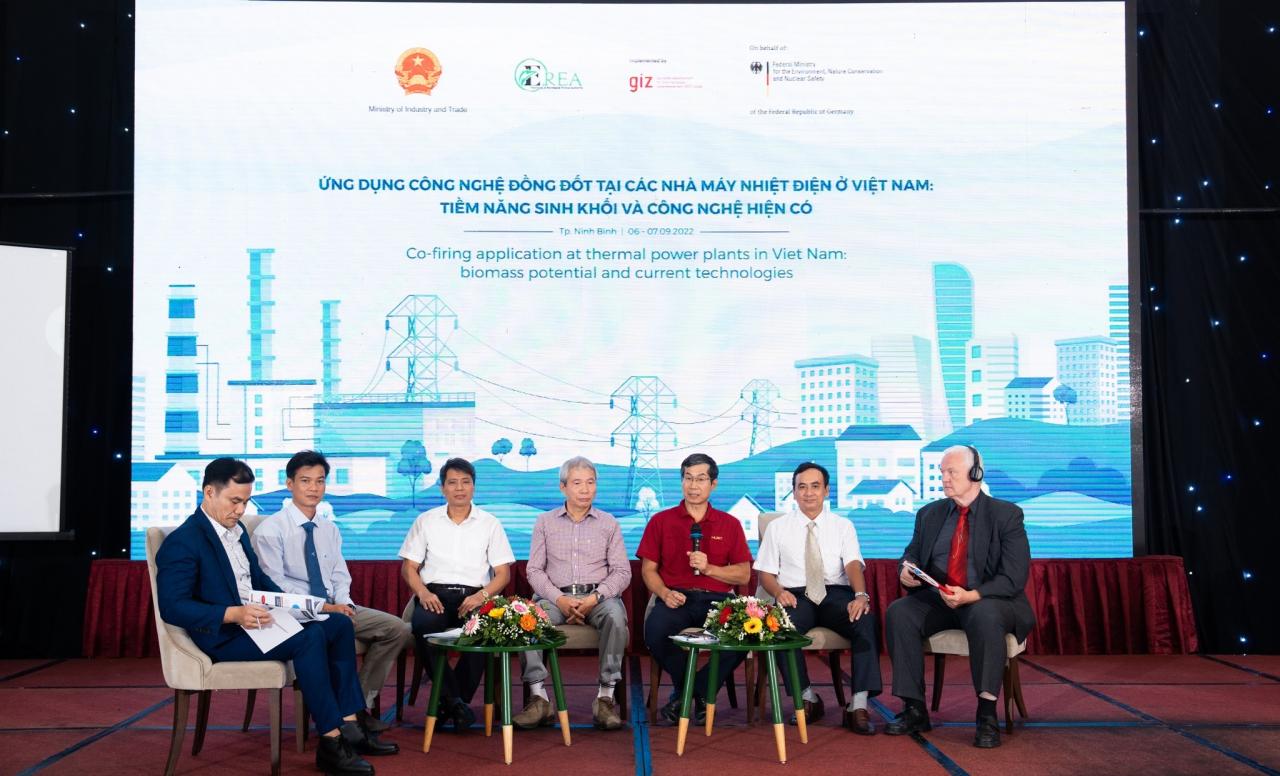
Within the framework of the BEM project, experts discussed the application of co-firing technology at thermal power plants in Vietnam. Photo: GIZ
“If 10% of the annual imported coal (equivalent to 4,000 million tons) is replaced by local biomass, Vietnam will save about 1 billion USD per year, while creating jobs and income for local people,” said Mr. Christoph Kwintkiewicz, an international expert, at the Consultation Workshop “Application of co-firing technology in thermal power plants in Vietnam: Biomass potential and existing technology” held in Ninh Binh in early September 2023.
Christoph also shared international experiences related to policy frameworks, technical standards and economics . At the same time, he made recommendations on using wood pellets, which Vietnam has great potential for exporting to coal-fired power plants and co-firing plants to replace coal to reduce CO2.
Take advantage of the opportunity
According to the National Power Development Plan for the period 2021 - 2030, with a vision to 2050 (Power Plan VIII), developing renewable energy sources, especially sources for electricity production, is one of the priorities. However, given the fact that the proportion of coal-fired thermal power still accounts for a significant proportion (30.8% by 2025) and plays a role as the main source of electricity, experts say that it is necessary to exploit co-firing technology on a large scale early to contribute to reducing CO2 from thermal power plants.

Co-firing biomass with coal at thermal power plants is in line with Vietnam's energy strategy. Photo: GIZ
To achieve optimal efficiency for all components participating in the co-firing system, there needs to be specific mechanisms and policies to support co-firing such as support for access to capital, interest rates, tax rates, biomass subsidies or coal subsidy cuts, feed-in tariff for electricity produced from biomass, carbon credits, carbon taxes or benefit-sharing mechanisms.
Mr. Nguyen Duc Minh, Energy Advisor of the project “Climate Protection through Sustainable Bioenergy Market Development in Vietnam” said that in the coming time, GIZ will continue to implement programs such as: Promoting transition in Vietnam's energy sector (TEV), Just energy transition for coal regions (JET), research on hydrogen, ammonia co-firing, and further feasibility studies on biomass co-firing at some specific thermal power plants.
“These projects aim to have more green energy solutions for Vietnam's energy transition journey,” said Mr. Minh.
Co-firing technology has been researched and developed in many different countries around the world. According to the statistical report of the European Association of Biomass Industry IRENA released in 2013, in 2012 there were about 230 factories using co-firing technology, mainly concentrated in European and North American countries with capacity ranging from 50 MWe to 700 MWe. Recent statistics show that 46 countries have used this technology such as the UK (with 16 projects), Germany (with 15 projects), Denmark (with 5 projects), Finland (with 14 projects), Belgium (with 5 projects), Austria (with 5 projects). Co-firing technology is mainly applied in plants using fluidized bed coal and pulverized coal combustion technology. |
Thuy Trang


![[Photo] Hanoi morning of October 1: Prolonged flooding, people wade to work](https://vphoto.vietnam.vn/thumb/1200x675/vietnam/resource/IMAGE/2025/10/1/189be28938e3493fa26b2938efa2059e)
![[Photo] Keep your warehouse safe in all situations](https://vphoto.vietnam.vn/thumb/1200x675/vietnam/resource/IMAGE/2025/10/1/3eb4eceafe68497989865e7faa4e4d0e)
![[Photo] President of the Cuban National Assembly visits President Ho Chi Minh's Mausoleum](https://vphoto.vietnam.vn/thumb/1200x675/vietnam/resource/IMAGE/2025/10/1/39f1142310fc4dae9e3de4fcc9ac2ed0)









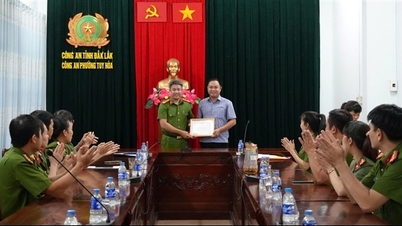










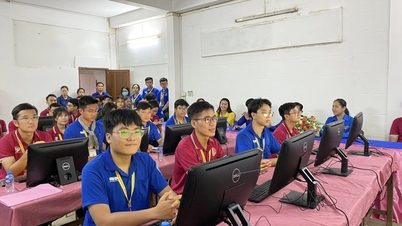

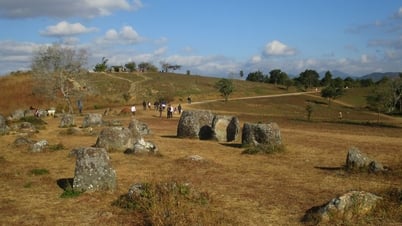







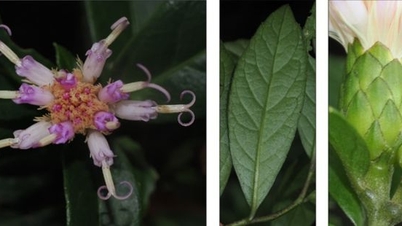
















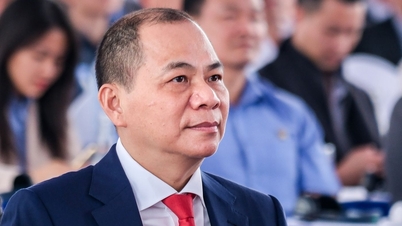




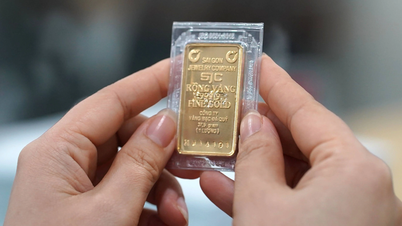



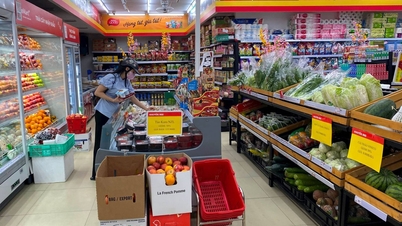

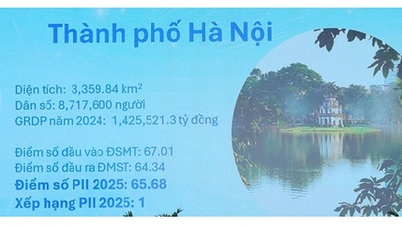
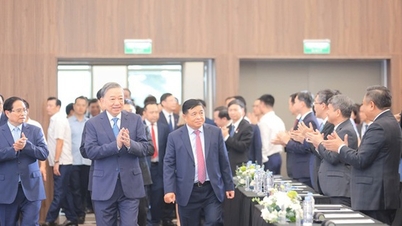
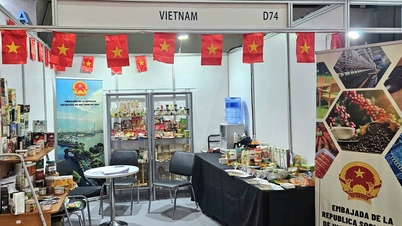






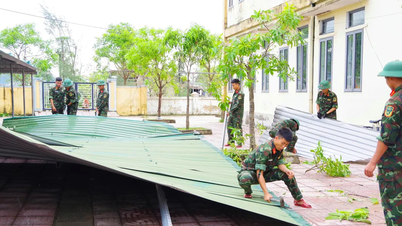


















Comment (0)